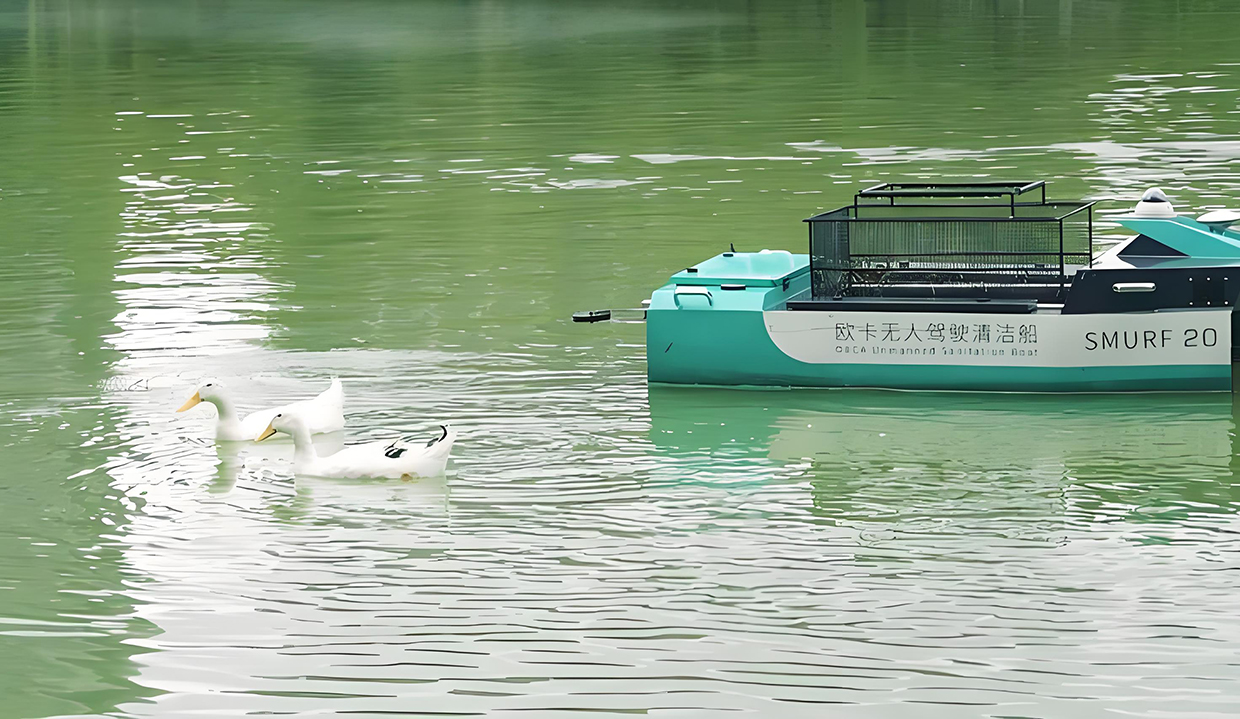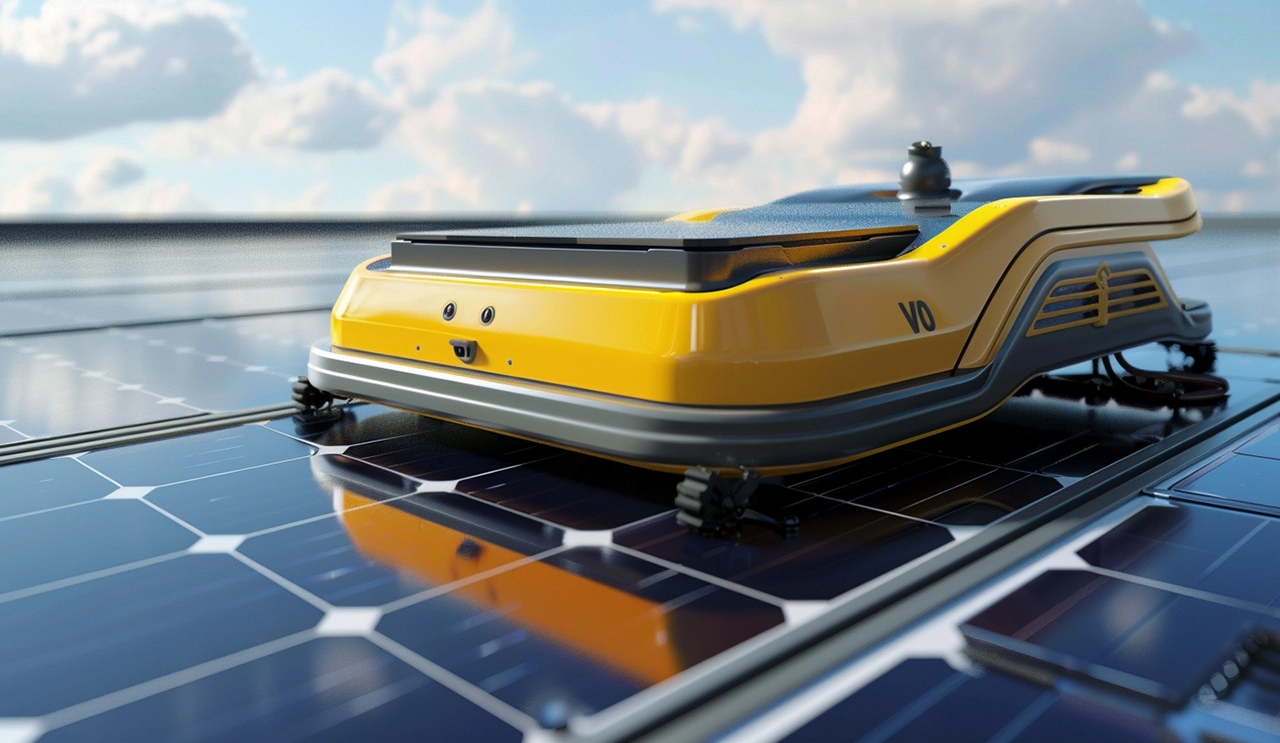
WIRELESS CHARGING IN THE NEWS
With the advancement of technology, the protection of water environments has increasingly become a global concern. Unmanned cleaning vessels, as an emerging environmental tool, are gaining favor among water management departments in cities worldwide. These intelligent devices can not only navigate autonomously and clean water surfaces but also possess the capability to automatically return to base when the battery is low and recharge wirelessly. This significantly enhances their operational efficiency and practicality. This article will delve into the technical aspects of how unmanned cleaning vessels automatically return when battery levels are low and recharge through wireless charging technology.
The core of an unmanned cleaning vessel lies in its intelligent control system, which integrates various sensors and advanced algorithms to ensure safe and efficient operation in water bodies. During daily operations, the vessel needs to continuously monitor its status, including position, speed, and battery levels. Monitoring battery levels is particularly crucial because if the battery is depleted, the vessel will stop functioning and may become stranded in the water, affecting waterway traffic and other tasks. Therefore, when the battery falls below a preset threshold, the vessel immediately initiates an automatic return-to-base mechanism.
The realization of the auto-return function relies on high-precision GPS positioning and path planning algorithms. The vessel obtains its current position information through GPS and calculates the optimal return path by combining the coordinates of the starting point. Path planning algorithms must not only consider the shortest distance but also avoid obstacles and other vessels in the water, ensuring safe return. Additionally, the vessel is equipped with various sensors, such as LIDAR, sonar, and cameras, to monitor the surrounding environment in real-time. The data provided by these sensors is fed back to the control system, which analyzes and processes it to adjust course and speed, ensuring a smooth return.
During the return journey, unmanned cleaning vessels must also handle various emergencies, such as weather changes and increased water currents. To address these issues, the control system usually has adaptive capabilities. Through machine learning algorithms, the system can continuously optimize path planning and navigation strategies based on historical data and real-time feedback. For example, when detecting an increase in water current speed, the system can automatically adjust the thruster power to maintain a stable sailing speed. This adaptive capability not only improves the success rate of returns but also greatly enhances the overall reliability and safety of the vessel.
Once the unmanned cleaning vessel successfully returns to the charging area, wireless charging technology comes into play. Wireless charging technology transfers electrical energy from the charging device to the vessel’s battery through electromagnetic induction or magnetic resonance principles. Compared to traditional wired charging, wireless charging offers numerous advantages. Firstly, it eliminates the need for physical contact, avoiding the hassle of plugging and unplugging charging plugs and reducing the risk of charging faults due to poor connections. Secondly, wireless charging devices are usually installed at docks or shorelines, allowing the cleaning vessel to automatically start charging upon proximity, without manual intervention, greatly enhancing convenience and operational efficiency.
The core of wireless charging technology lies in its energy transfer efficiency and safety. To ensure efficient energy transfer, the vessel’s receiving coil must align precisely with the transmitting coil of the charging device. For this purpose, cleaning vessels are usually equipped with an automatic docking system that uses visual recognition or ultrasonic sensors to precisely adjust the vessel’s position, ensuring coil alignment. Additionally, wireless charging devices have various safety protection mechanisms, such as overheating protection and overcurrent protection, to prevent damage to the battery or equipment due to abnormal situations during charging.
In practical applications, wireless charging technology for unmanned cleaning vessels still faces some challenges. For example, different water environments can affect the efficiency and stability of wireless charging. To address these issues, researchers are developing more advanced charging technologies, such as multi-coil systems and adaptive frequency adjustment technologies. These new technologies can not only improve energy transfer efficiency but also maintain stable charging performance in complex environments.
In conclusion, the low-battery auto-return and wireless charging technology are critical to the efficient operation of unmanned cleaning vessels. By integrating high-precision GPS positioning, path planning algorithms, and adaptive control systems, cleaning vessels can autonomously monitor battery status and return to base safely. Wireless charging technology, through electromagnetic induction or magnetic resonance principles, enables efficient and safe energy transfer, providing strong support for the continuous operation of cleaning vessels. As technology continues to advance, unmanned cleaning vessels will play an increasingly important role in water environment protection, creating a cleaner and better living environment for humanity.







